Part I: Capacity Development for the 21st Century
Gaming your Pedagogy:
Taking inspiration from games, toys and play in the art classroom
Renee Jackson is an Assistant Professor and Program Head of Art Education at Tyler School of Art and Architecture, in the Art Education and Community Arts Practices Department at Temple University. She is an artist, critical feminist pedagogue, and scholar, whose research interests relate to the disruption of oppressive mechanisms in education and the integration of game-design and game-play as collaborative art forms and learning tools, in support of this goal. Jackson has worked as an art educator for 21 years at all levels and in various contexts.
Guest Series Introduction: Not Gamification
This blog post is the first of a four-part series that will take place over the summer. I have been drawing inspiration from games and toys in my own teaching for some time. My fascination for such things has existed, not surprisingly, since I was a child. My brother and I developed highly complex narratives for our toys. Our Cabbage Patch Kids, for example, were summoned into the X-world by a giant mouth with giant tongues, that would wrap around them and inhale them through this living portal when they were needed to figure out a problem, solve a mystery, or rescue someone. This series is about taking inspiration from such play, toys and games, and applying it to learning in the art classroom in various ways.
When I say, “taking inspiration from games”, what I don’t mean is gamification. This is a term that has become somewhat popularized over the last 10 years or so. It is a trend wherein generalized gaming principles are transferred to the “real” world (Coniceros, 2013; Kapp, 2012; Liyakasa, 2012; Danforth, 2011; Kho, 2012; Werbach & Johnson, 2012). Though there are many interpretations of what gamification means, and how it can be used within classrooms and the everyday, it is primarily mobilized by incentivizing. The airmiles type awards plans or coffee punch cards for example, are prime examples of the gamification of our everyday lives. This approach is really just another take on behaviorism, reinforcing extrinsic rewards for “good” capitalist behavior, rather than prioritizing intrinsic motivation, accomplishing tasks for one’s own development or joy. In this sense, gamification imitates traditional rote teaching.
What I mean instead, is taking inspiration from games in a variety of innovative ways, that can enrich progressive, student-centered, experiential approaches to learning in the art classroom.
So, through this four-part series, I will share some ideas and strategies that I have used in my own K – 12 classrooms and within community contexts over the years, for integrating games and playful approaches into the art classroom setting, or towards what I have come to refer to as gaming your pedagogy!
The four-part series will cover the following:
- Capacity development for the 21st century
- Game inspired creative processes
- Game and toy informed art projects
- Integrating video games into art curricula
Part I: Capacity Development for the 21st Century
Toys and games play a significant role in learning across cultures. Of particular fascination to me is the Inuit culture of Canada’s North. Learning through play was particularly important when the Inuit people were primarily nomadic into the 70s and 80s (Briggs, 1991). The harsh climate in the Canadian North demanded keen awareness of the physical environment, as well as physical resilience. The collective nature of the nomadic life also required emotional control and attention to detail for survival. The lifestyle demanded both a large degree of improvisation and innovative thinking. Inuit people of all ages could be seen tinkering with objects by taking them apart and experimenting (Briggs, 1991). The game Cat’s Cradle is just one example of a traditional game that encourages innovative thinking. A round of sinew is stretched between the player’s two hands. The participant’s fingers are used to form a series of loops that resembled, for example, animal shapes. The person creating the most shapes which no one can duplicate is the winner. Learning through such games, like much of the learning in art class, is experiential. One learns by doing and develops capacities such as innovation and resourcefulness through particular types of experience. Jean Briggs, an anthropologist who lived with the Inuit for 18 months observed that play was initiated by both children and adults and was “used to set problems for children to solve in order to develop skills and capacities to help them survive physically, emotionally and psychologically, in this highly threatening environment” (Briggs, 1991).
Before moving on to consider games from the perspective of capacity development in relation to our contemporary context, I want to provide a brief and fascinating example of the type of innovative thinking manifested by the Netsilik Inuit. This example comes from a Balikci film from 1968, described by Briggs (1991). The challenge in this particular situation was that there wasn’t any wood available to create dogsled skis when it was time to move camp. To solve this problem, they cut up caribou hide from the summer tent, dampened it, and wrapped it around a line of fish laid head to tail. This was frozen, fastened together with crossbars of caribou antler, lashed with sealskin, and used to replace wooden skis. When the sled eventually thawed in the spring, they ate the fish, sewed the tent back together, and moved in!
If we consider the idea of capacity development for the 21st century within the context of contemporary art education, what are some game-based approaches and strategies that can support the contemporary needs of our students? I want to premise this conceptual exploration by stating that the Inuit people continue to use games in various ways (Canadian Geographic, 2021a), and that my very brief introduction only touches on the complex use of games when Inuit were primarily nomadic, as an entry point to considering games as serious learning tools that can support significant capacity development of children and youth in relation to the demands of their surrounding environment. The question: what capacities, relevant to our contemporary context, can we help to develop and strengthen within our students using game-based approaches? is a point of departure not meant to trivialize the idea of needs and survival, particularly in light of Indigenous people who face ongoing systemic oppression that translates into literal challenges to survival such as access to medical care, clean water, and safe environments (Canadian Geographic, 2021b). I also want to acknowledge that working with our students to understand systemic oppression is an imperative need but will not be the focus of this particular blog post.
Creativity
The idea of playing and tinkering with objects and material remains an important way of developing the creative thinking skills required to be resourceful and adept at problem-solving. Simple challenges in the art classroom can strengthen these capacities on a regular basis. For example, the challenge of receiving a random object and imagining all of the different ways it can be used. What else can a cork or clothes peg become? How else can they be used?
Similarly, when using a new medium for the first time, I have students fold and unfold a scrap piece of paper, dividing it into rectangles. The challenge then is to create as many different types of marks as possible within two minutes. Prior to starting, I invite a student or two to demonstrate creating “two very different marks” in front of the group. One can take the opportunity here to help them realize that creating two different “symbols” for example a heart and a smiley face, are not “very different marks”. These “symbols” are composed of very similar types of gestures/lines. Have another student come up and give it a try until something more innovative takes place and can be highlighted as an exemplar (ie/splatter paint or poke a hole in the paper). This can work for any wet or dry media, as well as collage and paper manipulation. In the example by Camille, she ingeniously spat on and chewed her paper for some interesting texture. For any project, versions of this can take place based on asking ourselves the question: What are the skills required to successfully accomplish this particular task? How can we encourage students to stretch and develop such skills? When it comes to 3d work, for example, found object sculpture, I provide students with random assortments of objects and the challenge becomes “find 3 different ways to attach 2 disparate things together; or find 3 different ways to completely alter the object.” The more ideas one can conjure in relation to these challenges, the further one travels from contrived or stereotypical conclusions, into the realm of innovation. This capacity makes us better problem-solvers as artists and is also transferable to our everyday circumstances. Students are always invited and encouraged to share their discoveries, supporting student-centered learning and collaboration. The infamous “they copied me” statements are discouraged and a culture of credit and appreciation “I learned this from so and so” is encouraged. Such warm-up activities were used in my former K – 12 classrooms, to fuel a wide variety of projects, including some related to games and toys such as: Found Object Toys and Dolls; Diffabilities Dolls; Clothe the Naked Mannequins; Crack the Secret Code; and Story-telling Towers. I will go into further detail about these projects in part 3 of this series.
Attention
In our very distracted society, development of the capacity to pay attention to the world and to detail is important not only to our everyday well-being, but it enables aesthetic appreciation and connects us to our surroundings on a deeper level. More broadly, the capacity to pay attention is key to the development of creative engaged citizens. One cannot ask questions of things they don’t notice, nor celebrate or be critical of a world and of people if they are not capable of paying attention to.
With this in mind, I integrate attention games and exercises into everyday activities. For example, adding something to the classroom, taking something away, or moving something. Try it and you will quickly see that this exercise not only helps to strengthen attention over time, but when first applied truly reveals, to the shock of the students themselves, the degree to which they do not notice things! Another approach to both engage student attention, and simultaneously have help gathering random classroom materials, is the use of what I call “Collector Contraptions” at the elementary level, and “Information Files” at the secondary and post-secondary levels.
The Collector Contraption itself is made in class from found materials and is a place to store the special everyday materials we may typically discard yet can of course repurpose and use in a myriad of ways in the art classroom.
I also often also use scavenger hunts or treasure hunts in various ways. For example, hiding material for a project around the classroom. I often even hid items or materials in plastic eggs. For a grade 10 project titled Textured Fruit of Emotion, the introductory lesson involved the haunted house style approach where students are blindfolded and had to touch all kinds of textures. In this case though, rather than eyeballs and guts, students would similarly touch a variety of textures, but translate this into metaphor – what type of emotion could this texture represent? From here we moved to contour drawings of fruit (another great attention exercise!), and then to translating the contour drawings into 3 dimensions using wire and plyers. This structure was then covered in glue- dipped cheesecloth and texture and color added to tell the story of a particularly intense emotional moment experienced by the student. The stories were recorded, and an installation conceived by the students, of plaster cast hands reaching from the wall holding the fruit was constructed at the entrance of the school, where the recordings were played on a loop (much to the chagrin of the administrative assistant whose desk was near the entrance). Tech note: dowels were attached to the ½ plaster cast hands and holes the size of the dowels were wet-drilled into the concrete wall.
Other simple examples of attention exercises are looking at optical illusions and spot the different games (which can be made by the students).
Community Building
Community building of course is particularly important when, despite the ability to be connected in so many potentially positive ways through technology and social media platforms, cyberbullying, trolling, xenophobia, racism, and toxic work environments, are just a few of our very serious contemporary challenges that can be addressed to some degree, through our efforts towards community building in schools.
The project Community Lucky Charms involved gessoing enough large sticks per student (although this could also take place in groups). Students first covered this stick with symbols that represented them. The game element came into play next, when students were given a piece of string and asked to figure out how to sturdily attach their stick to a partner’s stick. These partners would then join another two partners and work together to join their pairs of sticks. This continued until 2 sturdy stick installations were built (adjustments allowed). Students then created “lucky charms” from found objects/collector contraption items, wire, beads, and string. A tag was attached to this charm with suggestions for how to take care of your community, and then hung from the stick installation. These works were placed around the school building, and when the exhibition was complete, the strings were cut and the sticks and lucky charms became guerilla additions to community gardens, parks, patches of dirt, or home plants or gardens.
The Shape Drawing Game was an introductory exercise to a larger project titled The Neighborhood Transformation Project. Students worked in groups to imagine the ways that they could transform their urban neighborhoods. Answers took many forms of course – a soccer stadium, a zoo, a farm. Each student was given a sticky note with a shape or line drawn on it. The challenge was to draw their idea, with the constraint that they had to work together because each person could draw only the shape or line that they were given. One rule was that no one could draw over top of or add to anyone else’s work without permission. Another was that there was to be no fighting or raising voices, though constructive debate was encouraged. Students were asked to pay particular attention to how they worked together (what rules and strategies did you develop? How did you ensure constructive debate versus destructive fighting? What is the difference?)
Toys, games and play can be incorporated into the art classroom in a variety of ways and can contribute to key capacities that are important to healthy human development in our contemporary context. Stay tuned for my next installment in June: Game inspired creative processes.
References
- Briggs, J.L. (1991). Expecting the Unexpected: Canadian Inuit Training for an Experimental Lifestyle. Ethos, 19 (3), 259 – 287.
- Canadian Geographic. (2021a). Inuit games. Indigenous Peoples Atlas of Canada. https://indigenouspeoplesatlasofcanada.ca/article/games-and-sports/
- Canadian Geographic. (2021b). The road to reconciliation. Indigenous Peoples Atlas of Canada. https://indigenouspeoplesatlasofcanada.ca/article/the-road-to-reconciliation/
- Coniceros, R. (2013). Making workplace safety an engaging game. Business Insurance, 47, 1 – 12.
- CornerStone Staffing. (2021). Distracted walking. https://www.cornerstonestaffing.com/safety-resources/distracted-walking/
- Danforth, L. (2011). Games, Gamers, & Games: Gamification and Libraries. Library Journal, 84.
- Kapp, K.M. (2012). Games, gamification, and the quest for learner engagement. Training & Development, 64 – 68
- Kho, N.D. (2012). Getting Gamified: Publishers score big with online games. Econtent, 20 – 24.
- Liyakasa, K. (2012). Game On! Customer relationship management, 28 – 32.
- Sydney Opthalmic Specialists. (July 11, 2018). Optical illusions behind the scenes. News. https://sosdoctors.com.au/optical-illusions-behind-the-scenes/
- Werbach, K. & Johnson, S. (2012). How to Gamify Smart. BizEd, 52 – 53.


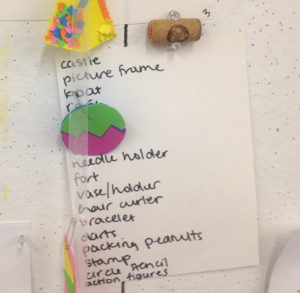
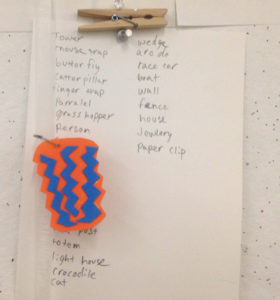
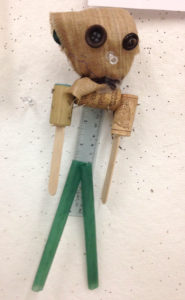
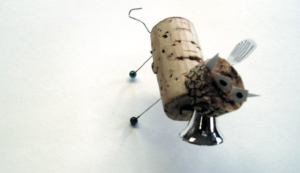
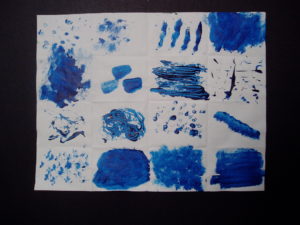
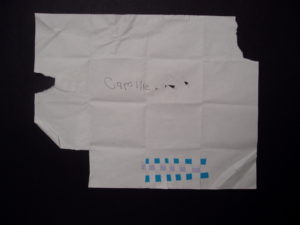
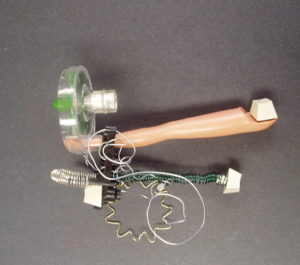
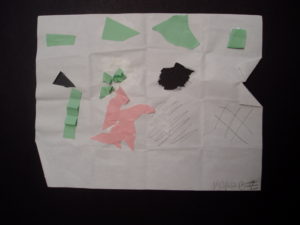

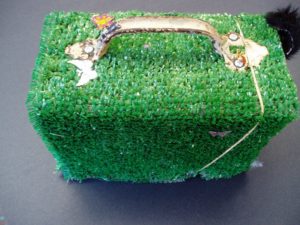
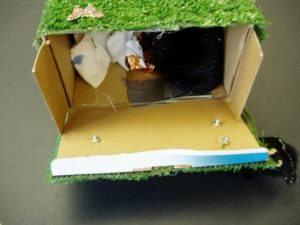
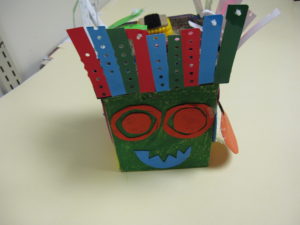
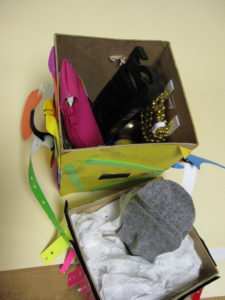

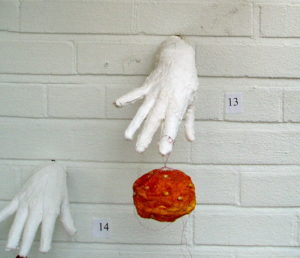
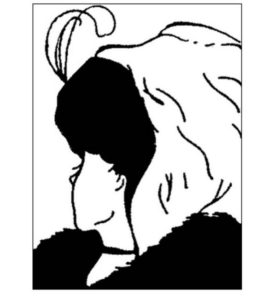
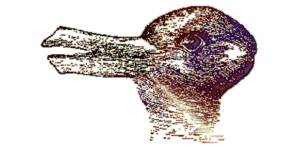

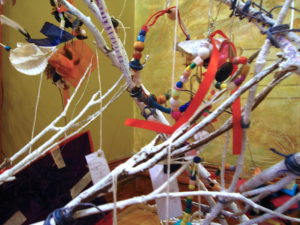
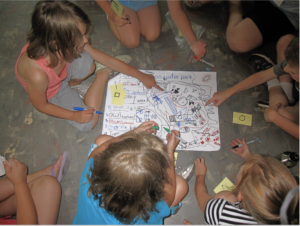
 D5 Creation
D5 Creation